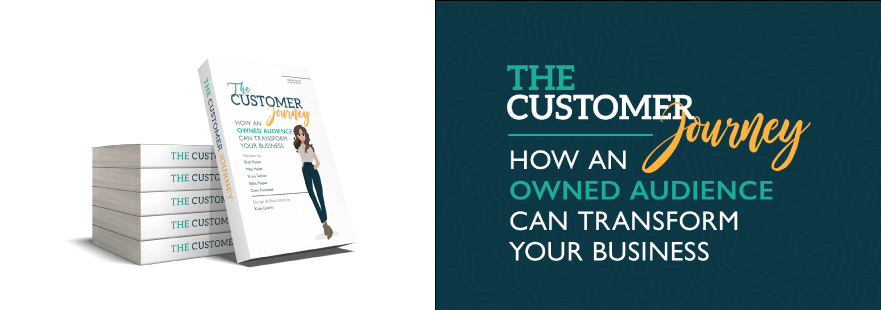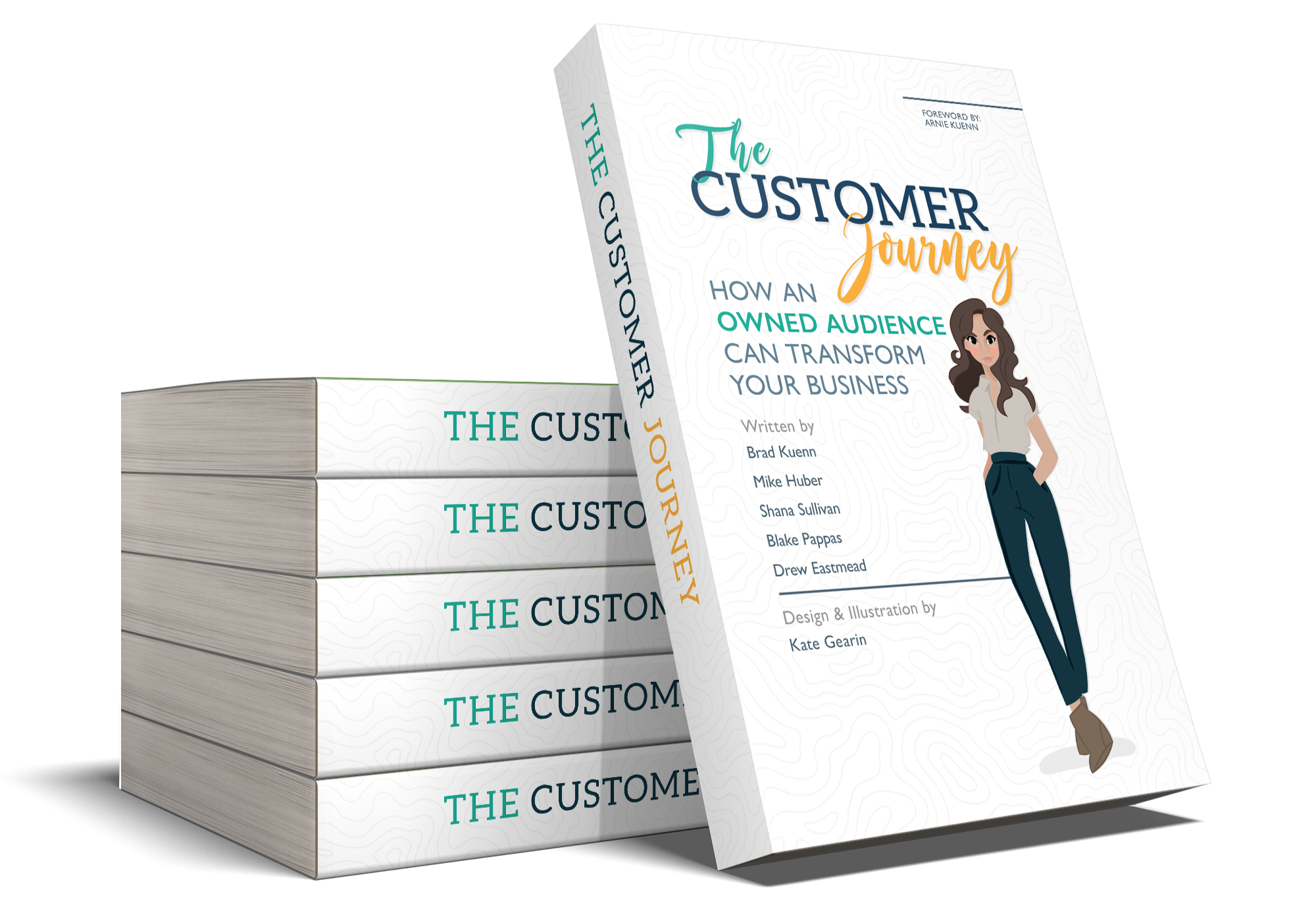Feature your business, services, products, events & news. Submit Website.
Breaking Top Featured Content:
How to Measure the Success of Your Marketing Emails
Email marketing platforms offer robust measurement capabilities that make it easy to track various metrics that clearly illustrate email performance. With these metrics, you can establish goals specific to your needs, discover the best cadence for emails, learn which type of content performs best and more.
Measuring your email campaigns
Here are the most critical metrics to keep an eye on for your next email marketing campaign:
Total opens
Total opens shows the number of recipients who open each email. It’s important to closely monitor this metrics to better understand the content that resonates most with recipients. Take it a step further and compare the total number of opens between mobile and desktop devices to see where and how your audience is engaging with you.
55% of those emails are opened on a mobile device, and only 16% are opened on a desktop computer. @ReturnPath
Click To Tweet
Open rates
Open Rate is the total number of times an email is opened divided by the total number of emails sent. This results in a clear percentage of emails opened for each email campaign. An increase in open rates can be a sign that your content is resonating well with your audience, and you might notice that click-through rates, conversions and overall revenue from your email rise, as well.
Pay close attention to what subject lines, imagery and copy were used for emails with the highest open rates. This information will give a clear blueprint on the type of content your audience wants in their emails.
From a sample of more than 25 million emails, the average open rate across all industries is 37%. @HubSpot
Click To Tweet
Total click-through rate (CTR)
Your CTR is the number of times a click is made within an email divided by the total impressions. Impressions, in this case, is the total number of people who received the email in their inbox. The CTR is so important for marketers because it can tell you a lot about your content’s performance.
It helps determine if your CTA is compelling enough to inspire action. If your open rate is high but the CTR of your emails is low, then it’s likely that your email list is engaged with your company but wasn’t interested in your recent email’s content.
Abuse reports
Abuse reports indicate the rate your email list subscribers marked a specific email as spam. Of all the metrics for email, this is the one you should never be excited to see. Although there could be many reasons a person might consider your email spammy, these reports are a clear indication that the messaging or strategy behind your emails needs a long, hard look. If your emails continue being reported as spam, you’ll notice a steady increase in unsubscribe rates and disengaged contacts.
It’s impossible to maintain a list of contacts with 100 percent engagement, but it is possible to avoid abuse reports from most of your audience. To help with this, always offer a one-click unsubscribe option and continue searching for that sweet-spot of email frequency to avoid overwhelming your audience with too many emails.
Bounce rate
Bounce rate for email is a bit different than bounce rate for web pages. An email bounce rate is defined as an email that doesn’t pass the recipient’s mail server and therefore never lands in their inbox. Monitor your emails regularly and note whether any content in your emails is triggering email servers to block them or send them to spam folders. Factors might include too many links, confusing subject lines, different symbols or languages in the body copy, etc.
It’s important to understand the difference between a hard- and soft-bounce. If a user switches to another email service provider or changed jobs from where their email address originated, this would be considered a hard-bounce. Alternatively, a soft-bounce is typically due to a temporary situation, like the email server is down or the recipient’s email inbox is full.
HubSpot’s Manager of Content Marketing Strategy, Ginny Soskey, recommends that you keep your total bounce rate under 2 percent. This can be accomplished by removing hard-bounce addresses as soon as you can, keeping an eye for those in the soft-bounce list and optimizing email content to avoid general spam filters.
The average bounce rate for college and university websites was 51% in 2018. @OHOInteractive
Click To Tweet
Unsubscribe rate
Unsubscribe rate counts subscribers who removed themselves from your email list. This metric is a strong indicator of how your messaging is perceived by your audience. While there are many ways to minimize your email unsubscribe rate, it typically boils down to the best practices we covered earlier in this book. What messaging does your audience want from your business? What type of content are they looking for? Are you offering valuable resources in your email to keep them engaged and wanting more?
Staying aligned with these interests should keep your unsubscribe rate at manageable levels. If your list receives less than a 2 percent unsubscribe rate, we consider that typical for most verticals. If the unsubscribe rate is higher, however, it might be time to rethink your approach.
78% of consumers have unsubscribed from emails because a brand was sending too many emails. @HubSpot
Click To Tweet
Email conversions
An email conversion is when a specific email leads a subscriber to take a desired action. This could include downloading a piece of content, registering for a webinar, or even making a purchase. Tracking these conversion rates helps decipher how much you of your budget should be spent on email marketing. Because after all, if your audience isn’t converting through email, it’s in your best interest to adjust the marketing budget to deliver the best ROI.
Email revenue
Similarly, email revenue is measured by the total revenue generated from your individual emails. A lack of email revenue would be a clear indication to stop spending more time and resources on email marketing for your business. But, what if you’re generating some revenue from your email but want to improve? As the common mantra goes, it’s easier to keep a customer than to obtain a new one. Cater to your existing customers with targeted email campaigns – these are the people who are most likely to convert.
Target your existing customers to keep them engaged with your messaging and interested in your product or services. Using the information you already have on your audience, consider sending surveys, promotions or birthday emails.
If one of your products needs to be replenished, such as beauty products, yearly subscriptions or even groceries, send automated follow-ups. Just from these follow-ups alone, you can encourage the recipient to purchase from your website again – adding to email revenue.
According to the 2016 Campaign Monitor Report, the average ROI of lead nurture is $44 for every $1 spent.
Click To Tweet
In summary
Email is neither the first nor the last touch point between customers and brands. From awareness to decision, email enables your brand to build reputation as a trusted industry leader and showcase the benefits of your product or service.
Are you tracking the efforts of your email campaigns? What are you currently doing with that information? Like every stage in the customer journey, your overarching goal for email campaigns is to build a trusting relationship with your readers that eventually leads to a conversion.
Read more in our new book!
Read The Customer Journey: How an Owned Audience Can Transform Your Business and get ahead of the competition. Start crafting your digital marketing strategy centered around the customer journey to build an owned audience that you can leverage for real growth.
The post How to Measure the Success of Your Marketing Emails appeared first on Vertical Measures, An Investis Digital Company.


